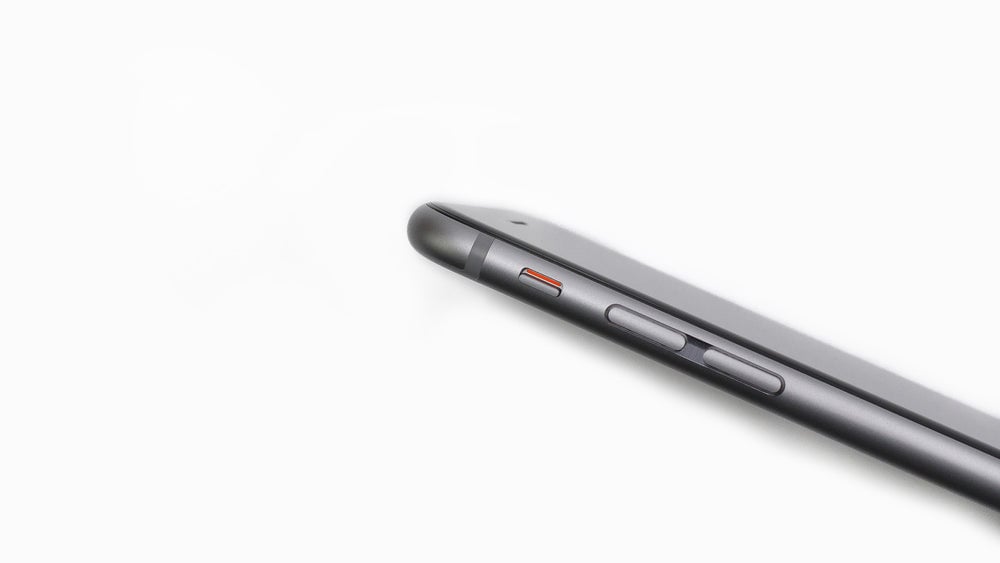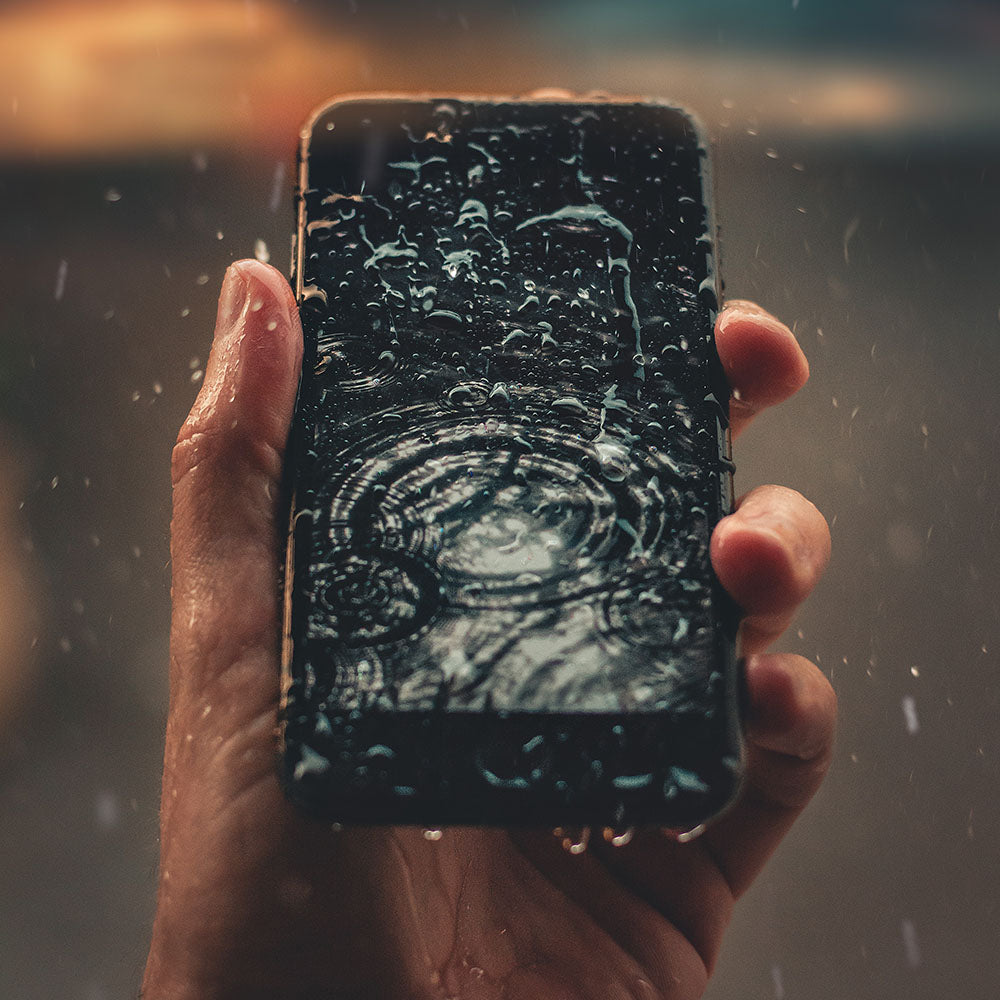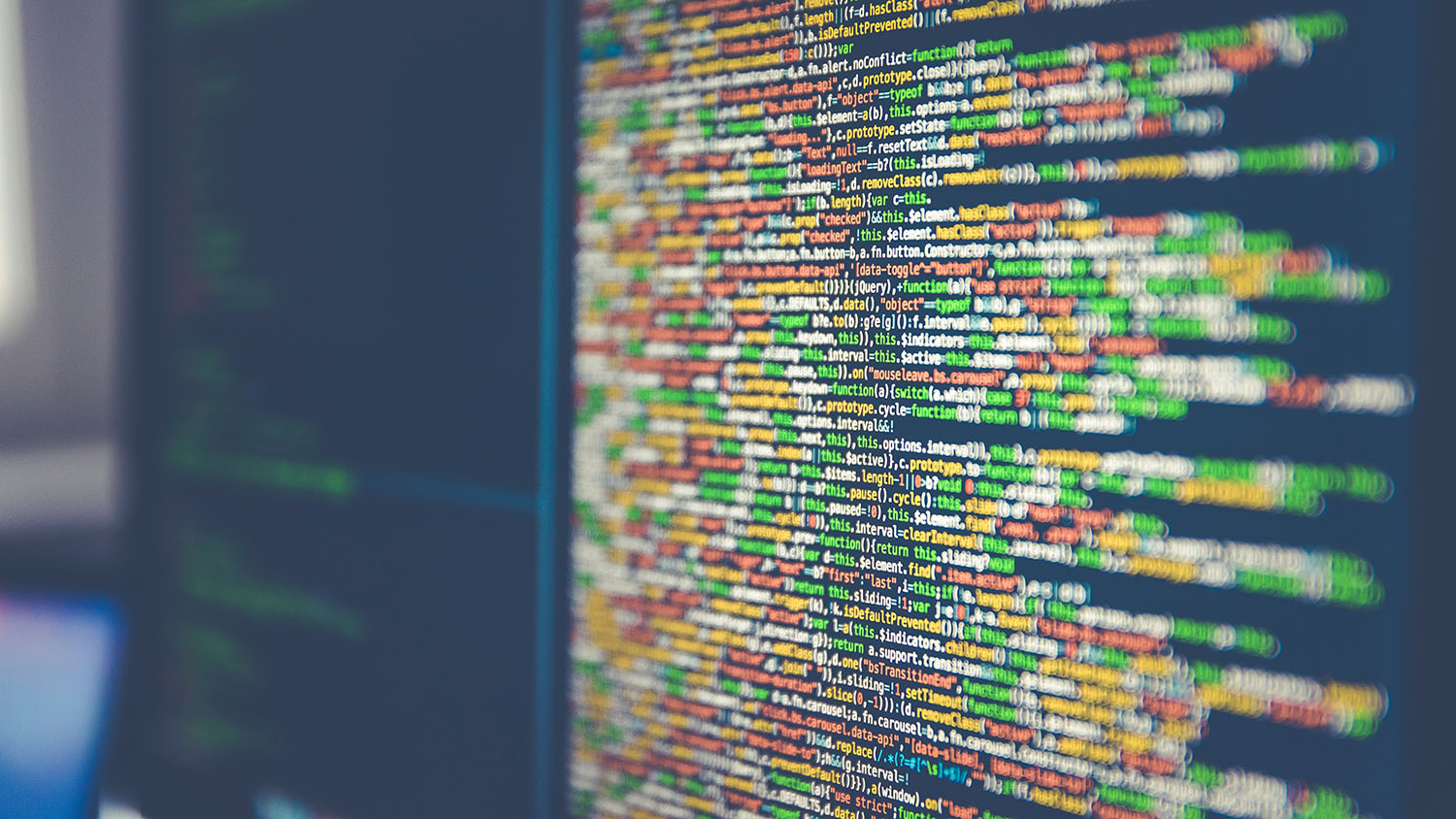
Buttonless smartphone designs are stealing the spotlight nowadays. We are seeing many new devices using haptic buttons to replace mechanical buttons and to seal the frame.
Some people hate it, some people love it and some people don’t mind or don’t notice it.
There are some valuable reasons for manufacturers to replace those buttons. We’ll see in this article why OEM start using haptics to replace mechanical buttons in their designs.

If you are part of a group of people who don't like haptic buttons, keep on reading!
We understand why you don’t like your experience with haptic buttons. Feedback isn’t great. You lost the satisfying feeling of a mechanical button, you’re afraid to be left with an unusable phone if the software bugs, etc.
You can rest your concerns. They’re due to badly implemented haptics, using subpar technologies. We’ll explain more on that subject later in this article.
Haptic Buttons Allow a Sealed Device and Is Better for Durability

Mechanical buttons need some space to move and work properly. This means you need to have a hole in the device’s frame for every button you want to use. Those holes allow dirt, water and other undesirable small objects to enter inside the device and cause some serious damage.
Using haptic buttons means you can forgo those holes and have a seamless closed frame. It’s way easier for manufacturers to protect the device’s electronics inside the frame when nothing can come in. A better sealed device is less prone to break and is synonym with less trouble for the manufacturer and the user.
To determine how resistant is a device to dust and water, manufacturers use the IP rating. You may have heard your phone is IP67 or IP68 for example. The first digit represents the protection of the device against dust and the second digit represent the device protection against water. You can learn more on the different protection levels here. The maximum rating an electronic device can get is IP68. This means the device is protected from contact with harmful dust (6) and from immersion in water with a depth of more than 1 meter (8).
My phone doesn’t use haptic buttons and qualifies as IP68 (dust and waterproof)!
Yes, many devices qualify for IP68 (dust and waterproof) and do not use any form of haptic buttons. This means that even though they have holes in their frames, they are dust and waterproof.
What you need to know is that the IP norm is tested in lab conditions (basically perfect conditions). Your device may not reach the same levels of protection in real-world usage. Manufacturers even explicitly warn their customers not to submerge their devices in water even if they have reached IP68 protection levels! Real-world usage and lab testing aren’t the same and you can still do serious damage (and eventually break) your device with dust and water, even if they’re IP68 certified.
Eliminating holes can help improve the device's protection from dust and water, hence the advantage of haptic buttons. A sealed device is safer and more durable.
More Advanced Form Factors Have Different Needs and Haptics Can Help
Phone manufacturers are starting to get very creative with their form factors and need to find ways to register the user's input in physical spaces that don't allow the integration of a mechanical button.
We’re seeing foldable devices being announced by some of the biggest phone OEMs around the world. Imagine having a volume button on the side of a folded display. You can’t use a mechanical button; you would have a button right in the middle of your display once you unfold it!
With haptic buttons, you can use seamless panels of material and keep the possibility to have user input. It allows designers to experiment and create new form factors while retaining a good user experience.
Haptic buttons don’t feel good! I miss the satisfying feedback of mechanical buttons.
You’re not wrong on this one.
Yes, you read right. We agree with you, but it's only because the current device uses subpar haptic technologies to replace mechanical buttons. The solutions used are not up to the task. That’s why you hate so much the feedback you get from current devices.
Current smartphones are using mechanically limited haptic technologies like Eccentric Rotating Mass (ERM) and Linear Resonant Actuators (LRA). Even the highly regarded Taptic Engine from Apple is a high-end custom LRA and has limitations. If you want to learn more about the different haptic technologies and their advantages, you can read it here.
Those technologies can’t do rich and detailed haptic effects. As simple as a button click might look, you need a high-end haptic solution to replicate detailed feedback, otherwise, the user will notice that the button has a weird feeling. ERM and LRA technologies are not suited to replicate the satisfying button feedback because they’re mechanically limited. They make the whole device vibrate when they’re activated. Mechanical button feedback is very localized, only the clicking finger will feel it. It's not normal for the user to feel the whole device vibrate when he's clicking on a button. We have a small test in this article you can try to feel what we mean.
A solution based on piezoelectric actuators can replicate the satisfying feedback of using a mechanical button. We built a prototype named SmartClik in which we replaced frame buttons with piezo-based actuators and the feedback can bluff engineers specialized in haptics. The feedback is so good that we need to cut the device’s power so people can believe they're not using a mechanical button. The end user wouldn’t notice that they’re not using real mechanical buttons with piezo haptics.
Saying that you didn’t like haptic buttons when you tried it on a device using a sub-performing limited technology doesn’t mean you don’t like EVERY haptic button. It means you don’t like ERM and LRA-based buttons, and we strongly agree with this!
Piezo Haptic Buttons Can Be Customized with Software

Another advantage of using piezo haptic buttons is the customizable user experience. With the software, you can reprogram the piezo actuator to act differently for every application. The actuator could be the phone’s button in normal usage, transform as a located customizable haptic engine for a game and also make the whole device vibrate for an incoming call. A single piezo actuator can generate an infinity of different haptic effects and create a different user experience depending on the application.
You can also increase or decrease the intensity of the feedback to adapt to the preferences of the user.
Haptics Buttons Are Not More Reliant on Software Than Mechanical Buttons
What happens if my smartphone is buggy? A haptic button can’t restart or power up my device if there is a software problem, right? There is no need to panic!
There’s a misunderstanding about how haptic buttons rely on software vs. mechanical buttons. It is true that you can customize what type of feedback a haptic button can do with software, but that doesn’t mean that if software bugs occur, you’ll be left with a bricked phone because the buttons are unresponsive.
Mechanical buttons are only electronic switches. Software dictates how these switches operate. Does your mechanical power button stop working when the phone operating system (OS) bugs or when it is shut down? Not necessarily, because mechanical switches functions are programmed in the device’s firmware. The firmware is independent of the device’s OS and can handle basic functions. This is why mechanical buttons work even when the OS isn’t running (like when you boot the device for example).
The same will apply to haptic buttons. As long as there is power available, you can program the firmware to control the haptic button until the OS is running. There is no difference in how the software handles the haptic button operation vs. how it would handle mechanical buttons. The difference is how the switch works (mechanical vs. pressure sensing).
There is no need to be afraid of having a bricked phone because of a software bug. Haptic buttons are not more prone to bugs than mechanical buttons.
Haptics Is Evolving, Like Every Other Technology
Haptic technologies are evolving. What the end customer has experienced until now is basic haptic feedback. Manufacturers only scratched the surface of what haptics can accomplish and in which applications to use them. They are starting to pay more attention to these technologies and to invest more time and resources to improve their devices’ haptic performance, and this will produce better devices.
We had phones using ERM, which only produced crude vibration. Then we got LRAs and the Taptic Engine, who pushed slightly the possibilities of what haptics could do. Next in line is piezo haptics which enables to the creation of high-definition haptic feedback and rich and highly detailed effects and textures. You can read more on what HD haptic feedback is here.
Remember, not so long ago, some tech reviewers predicted in 2007 that the iPhone would flop because it was way too small to accomplish tasks that were mainly done by computers (web browsing, consulting maps, etc.). Boy, they were wrong! Technology evolves and adapts to correct its shortcomings quickly. The same will apply to haptic technologies used in the devices that surround us.
You may not like haptic buttons when they’re based on LRA or ERM technologies, neither do we, but they will be replaced by better-performing technologies like piezo haptics and chances are really high that you won’t even notice it. And if you do, it will be for good reasons.


Leave a comment